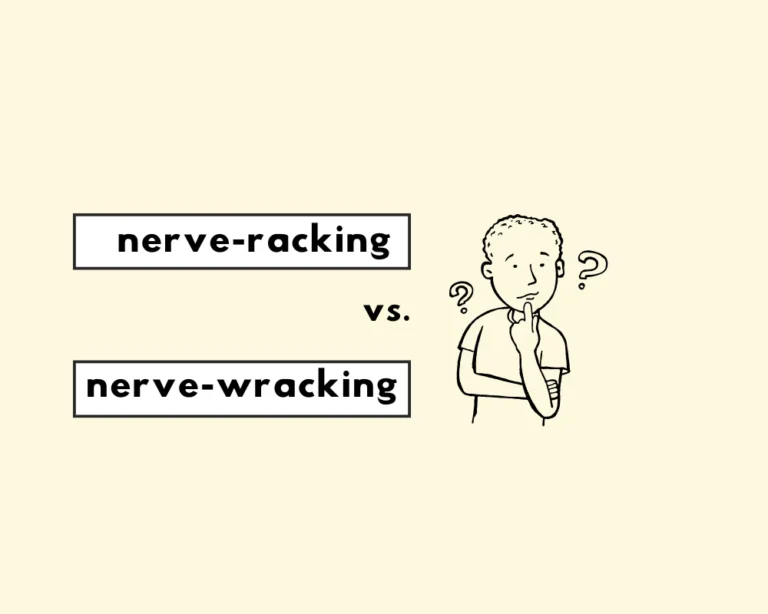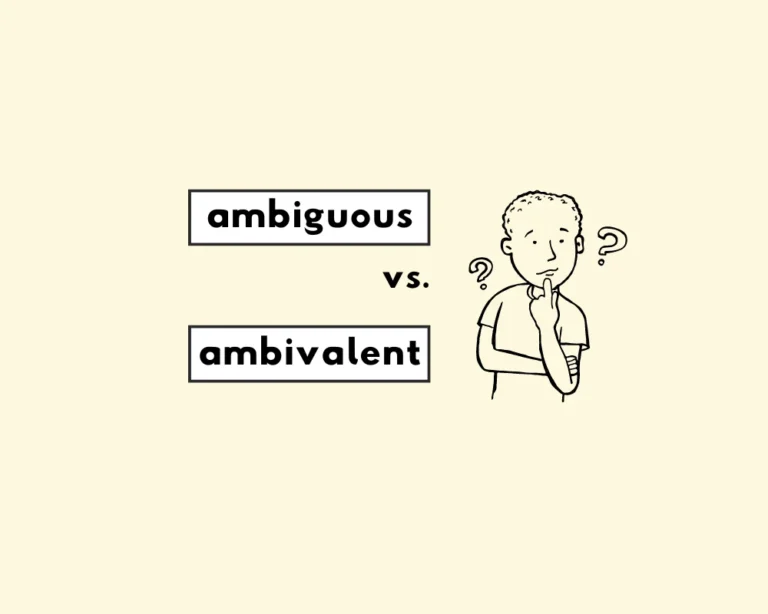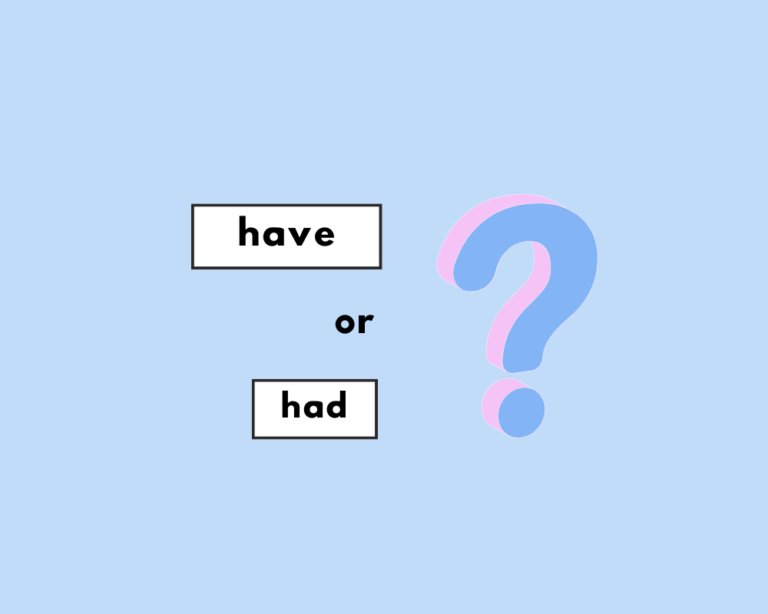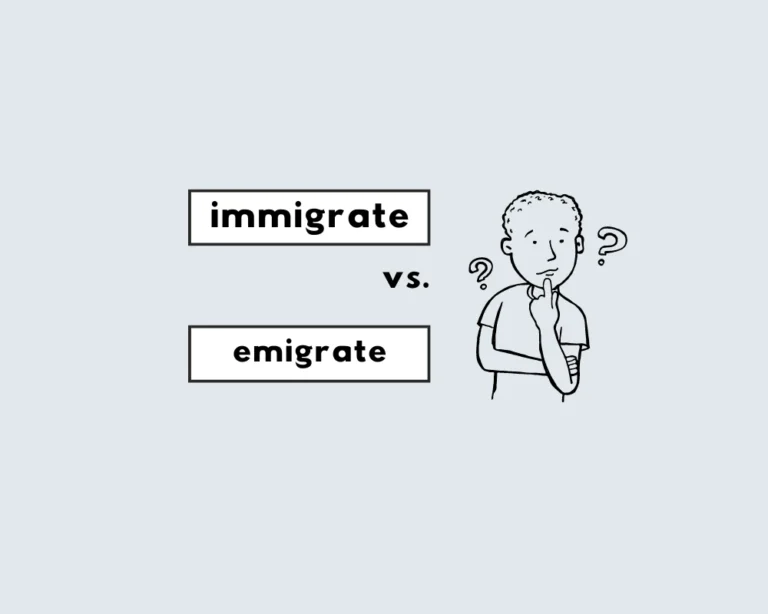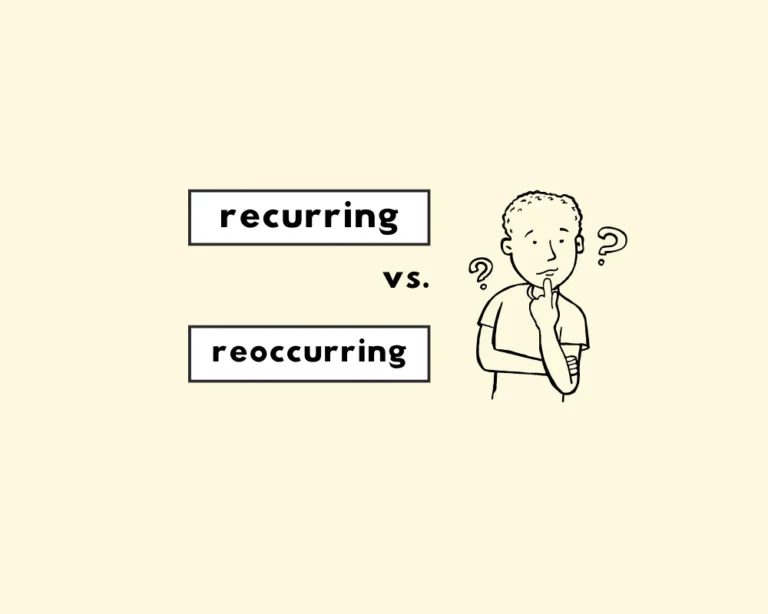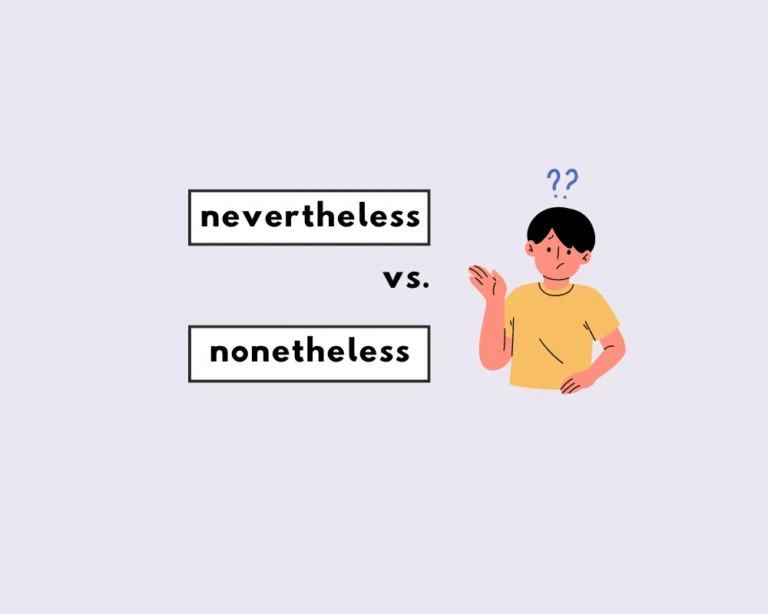Unless referring to the city in the state of New York, the plural of buffalo is buffalo, buffalos or buffaloes.
Contents
Toggle
What’s the plural of “buffalo”?
Buffalo has three accepted plurals in English: buffalo, buffaloes and buffalos.
One is not more or less correct than the other, though as a rule of thumb, it’s best to stay consistent in form (so choose your buffalo and stick with it!)

What’s the singular of buffalo?
The singular of buffalo is buffalo.
What are “buffalos”? Are they the same as bison or oxen?
Dictionary.com defines buffalo as:
Any of several large wild oxen of the family Bovidae. Compare bison, Cape buffalo, water buffalo.
Well, there you have it, buffalo belong to the Bovidae family, which include cows and sheep (read: cloven-hoofed, ruminant mammals, which includes cattle, bison, buffalo, antelopes, and caprines).
Key differences between them are that buffalo originate from Africa and Asia, whereas bison have North American and European origin. They also bear differences in their physical traits that tell them apart from each other. As stated by the National Zoo:
Bison have large humps at their shoulders and bigger heads than buffalo. They also have beards, as well as thick coats which they shed in the spring and early summer.
By ruminants, which is a distinguishing feature of the Bovine family, they have special stomachs that essentially store their food for their before digestion. Then, after they’ve sucked out all of the nutrients, they spit it back up and CHEW IT. That’s how these mammals maintain their heft while being herbivores. Pretty wild no pun intended!
Nouns that end in “-o”
Buffalo (pl. n.) has a convoluted history as a word (etymologically speaking). It came to Modern English from the Portuguese bufalo, meaning “water buffalo.” It’s speculated to have originally been from Greek or Latin, and then to the Portuguese bufalo. From there, eventually turning into the Americanized buffalo (and buffaloes; which is palpably more American).
Other o-ending nouns, like tomato, potato, and mango are from the Portuguese or Spanish languages as well. That’s right—the original birthplace of the potato is not Europe or North America, but South America.
| singular nouns ending in “-o” | plural “-es” / “-s” |
| tomato | tomatoes |
| buffalo | buffaloes or buffalos |
| potato | potatoes |
| hero | heroes |
| volcano | volcanos or volcanoes |
“Buffalo”, used in sentences
Water buffalo hide provides a tough and useful leather often used for shoes and motorcycle helmets.
In the wild, very few pockets of buffalo exist.
The water buffalo, or ” Carabao,” is the national animal of the Philippines.
Adult Water buffalo range in size from 300 kg to 600 kg for the domestic bred, but true wild water buffaloes can grow larger.
The Indian Wild Buffalo has the largest horns of any living animal.
Buffaloes/buffalos, used in sentences
Asia is the native home of the water buffalo, with 95% of the world population of water buffalo.
Today, the estimated population of wild water buffaloes are about 4000, but, this number takes into account all wild population, including feral herds and hybrid buffaloes.
Sometimes, people will also race on buffaloes, though riding them can be very difficult.
American bison are often called buffalo; however, this is technically incorrect as they are not true buffalo.
According to Hindu mythology, the god of death Yama, rides on a buffalo.
Read about other plural nouns
- What’s the plural of bison?
- What’s the plural of moose?
- What’s the plural of sheep?
- What’s the plural of ox?
- What’s the plural of cactus?
- What’s the plural of crisis?
- What’s the plural of hypothesis?
Other topics in grammar
Sources
- Definition of buffalo.
- Bovidae family, Wikipedia.
- “It’s bison, not buffalo”, Smithsonian’s National Zoo.


